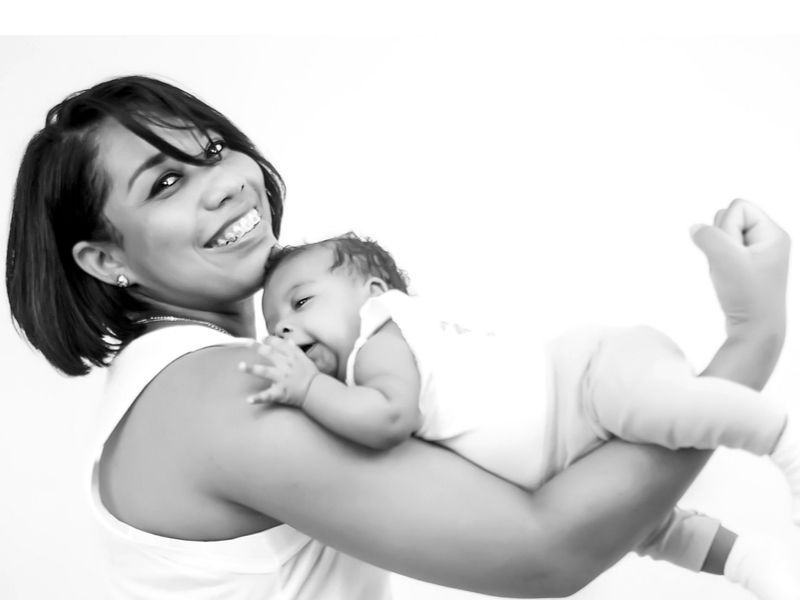Attachment parenting and its psychological benefits

Attachment, for a baby, means security and love. In attachment parenting we trust the messages that our babies give us, and attend to their needs until they are settled. – Dr. Sarah J Buckley
Attachment parenting (AP) was coined in the 60’s by developmental psychologist Mary Ainsworth. As the term suggests, it refers to a parenting approach that lays emphasis on responding sensitively to the needs of children. This is an approach to parenting which advises emotional responsiveness as babies do well when their feelings are taken seriously.
While most parents fail to understand the value of attachment and communication with the child, some parents may overdo it. While some parents don’t agree, few believe they need to meet every request the child makes. Duchess Kate Middleton, who has been working on early childhood, too believes in the scientific theory of attachment parenting.
Recommended: Types of parenting styles, how effective is yours?
In their book Attachment Parenting, pediatrician William Sears and registered nurse Martha Sears advocates seven practices which they call the Baby Bs – birth bonding, breastfeeding, baby-wearing, bedding close to the baby, belief in the baby’s cry, balance and boundaries, and beware of baby trainers.
Lehigh University researcher Susan S. Woodhouse in her research explained that caregivers get it right only 50 percent of the time when responding to babies’ need for attachment. Securely attached infants are more likely to have better outcomes in childhood and adulthood, and there are many ways to get there.
Attachment Parenting practices can be done both with infants and older children. It can “greatly reduce the child’s stress and by so doing may produce both physical and psychological benefits. The major benefits occur as the result of the mitigation of potentially overwhelming negative emotional states,” read a study done by American Psychological Association.
- With infants, AP practices may include co-sleeping, breast feeding on demand, extensive carrying and holding of infants.
- It also refers to rapid response to infant crying. It is associated with less crying and other expressions of distress.
- While, for older infants and children, AP consists of continuing to be highly responsive to the child.
- Behaviors that help children regulate emotional states such as distress, fear and anger are to be followed.

















Add comment